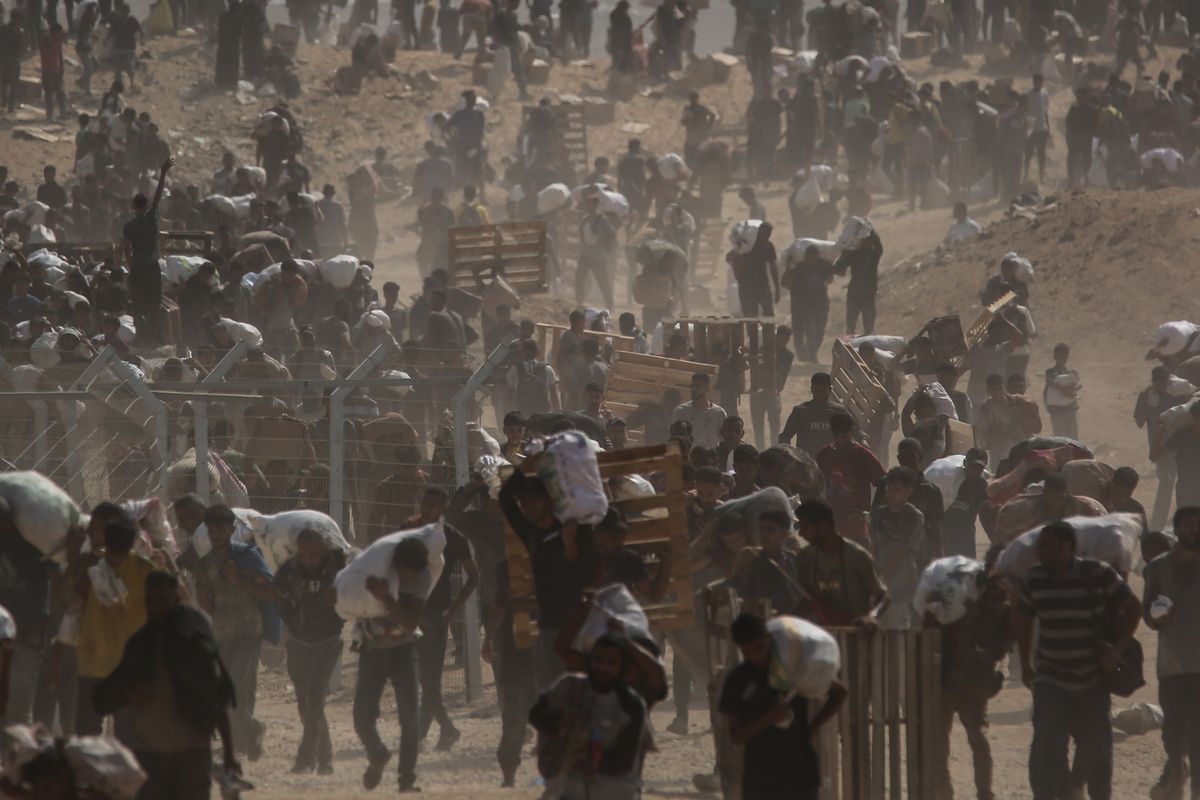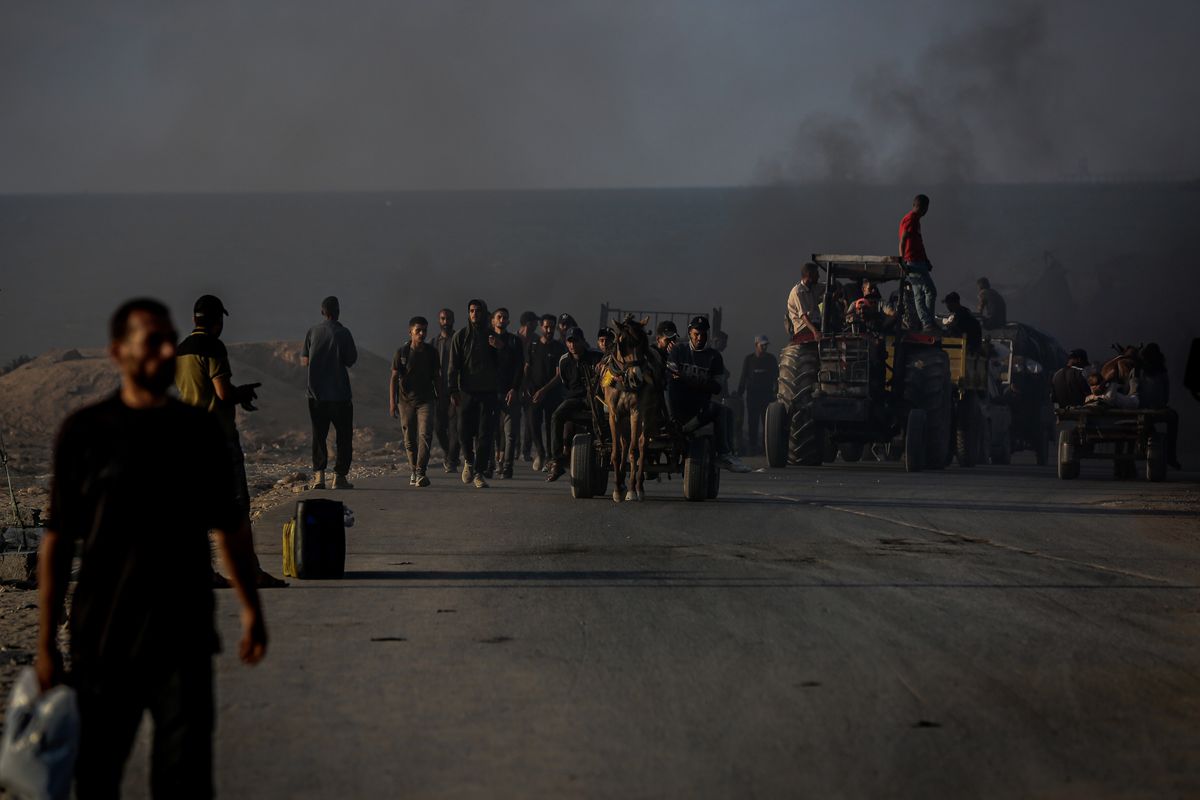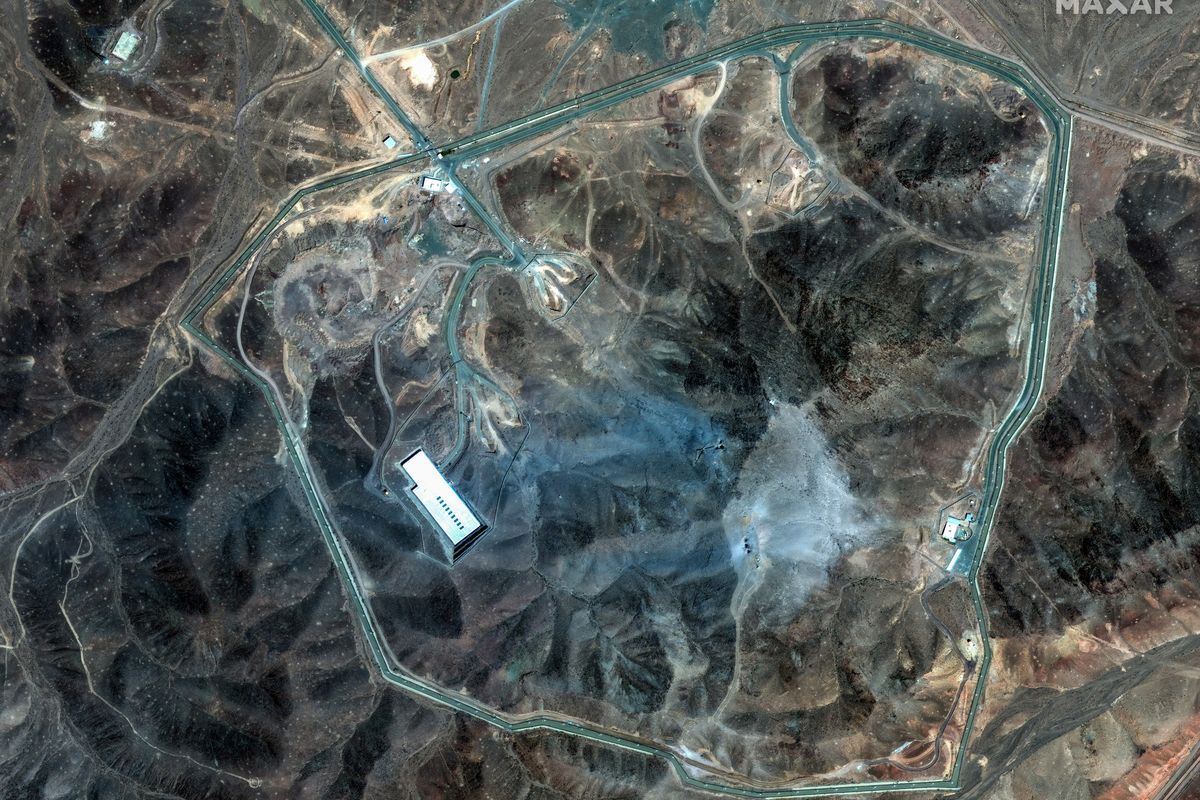Iran’s Islamic Revolutionary Guard Corps (IRGC) is an ideological military force that, since its creation, has been involved in virtually every facet of Iranian politics, society, and economics. Although far from monolithic in their views, most senior Guard commanders retain a revolutionary outlook infused with religion and nationalism. They use their service’s influence and presence throughout the country to shape the regime’s authoritarian ways and policies aimed at spreading Iranian influence across the Middle East. As far as most Guard leaders are concerned, exercising such sway is part of the IRGC’s constitutional mission, which is to defend the Islamic revolution. These men often meet challenges to the domestic status quo or Iran’s national security interests with repression and violence.
In the military realm, the IRGC is Iran’s preeminent service with air, land, naval, missile, and special operations components. Its preeminence flows from its origins as the protector of the nascent theocratic regime in 1979 and its success, along with the Iranian regular armed forces, in stopping the 1980 invasion by the Iraqi army. Since the Iran-Iraq war’s end in 1988, the IRGC has been the regime’s most loyal supporter and the firmest defender of the autocratic rule of Supreme Leader Ayatollah Ali Khamenei. As the commander-in-chief of Iran’s military forces, Khamenei has returned this loyalty by favoring the IRGC with an extraordinary amount of institutional autonomy, allowing room for corruption in the Guard’s oversized presence in Iran’s economy. The Guard has maintained its favored position despite various failures over the years, including its flawed and costly wartime strategy against Iraq in the 1980s, the exposure of IRGC-supported terrorist operations that contributed to Iran’s isolation, and its domestic repression, which after the 2009 Green Revolution shook the regime’s legitimacy.
Because Iran’s military capabilities and resources are limited, especially in comparison to most of its rivals and U.S. forces in the region, Tehran has relied on the Guard’s unconventional forces to advance longstanding Iranian goals. These include extending Iran’s influence in the region, reducing U.S. influence and presence, and confronting Israel. From its inception, the Guard has supported violent groups, starting with Hezbollah in Lebanon in the 1980s and Palestinian militants in the 1990s, through sectarian militias in Iraq since 2003 and Houthi fighters in Yemen over the past few years. IRGC actions in the Levant, aimed at distracting Israel and building Tehran’s reputation in the Arab world, and its simultaneous support for local militias in Iraq and Afghanistan, are focused on bleeding U.S. forces and harming U.S. credibility. Today, the Guard sees protecting and projecting Tehran’s influence as a critical goal of its actions in Syria, Iraq, and Yemen, which have become part of a broader proxy war between Iran and Saudi Arabia.
Because of Iran’s general military weakness and the difficulty of achieving decisive outcomes with unconventional operations, Tehran has adopted a deterrence-based national security strategy that seeks to avoid conventional military conflict, especially with the United States. Here, too, the IRGC is central to Iran’s military posture, because it controls the three elements of a strategic triad that supports Iranian deterrence. First, the IRGC Navy prepares to conduct naval guerrilla warfare to interrupt Persian Gulf oil exports. Next, the IRGC’s ballistic missile forces hold regional high value targets – cities, oil refineries, and ports – at risk. Third, the Guard’s special operations element, the Qods Force, poses a threat of both regional and global unconventional warfare and terrorism against Iran’s enemies and their allies. IRGC ground forces, meanwhile, are organized to wear down and defeat invading armies using tactics showcased by Lebanese Hezbollah during its 2006 war with Israel. These tactics involve taking advantage of Iran’s strategic depth (giving ground) and mobilizing Iran’s substantial manpower reserves to fight a hybrid conventional-guerrilla war.
Each of the current areas of significant IRGC involvement – Syria, Iraq, Yemen, and Lebanon – poses different requirements for Guard activities and diverse standards for rating the service’s effectiveness in achieving Iranian goals. And, while the Guard can claim to have avoided disasters in Syria and Iraq and possibly to have helped bog down Saudi forces in Yemen, the conflicts have revealed the weaknesses and limits of IRGC ends, ways, and means. A full discussion of each conflict zone is beyond the scope of this article, but briefly examining the Guard’s situation in Syria highlights many of the challenges faced by its military actions abroad.
For decades the IRGC strategy in Syria – Tehran’s only Arab ally – has focused on maintaining what Iran calls the “Axis of Resistance” or “Resistance Front.” This coalition of Assad’s regime, Hezbollah, Iraqi Shia militias, and other regional allies shares an interest in resisting U.S. and Western influence, confronting Israel, and, in recent years, combating Sunni extremism. Syria has been key because it facilitated the movement of IRGC advisers and weapons to Hezbollah as well as contacts with Palestinian militant groups. Hezbollah, in turn, was a strategic asset for Tehran due to its ability to strike Israel with missiles and rockets and was seen as a deterrent to Israeli actions against Iran. Tehran also sought to use its support to Hezbollah and groups like Palestinian Islamic Jihad that attack Israel to garner popularity and influence with the Arab world. Currently, to support Iran’s goal of reducing Baghdad’s reliance on U.S. assistance, the Guard also needs battlefield success in Syria to help protect Iraq’s Shia-led government from the Islamic State.
In assessing its effectiveness, the Guard can reasonably claim to have prevented the collapse of the Assad regime. IRGC military advisers, arms, and billions of dollars in Iranian aid and oil supplies, however, have not proved decisive. While the recent Russian intervention has tipped battlefield developments in the regime’s favor, victory appears to remain remote. Syria continues to be a drain on Iran and increasingly on the IRGC. Historically, the Guard has tried to keep its overseas footprint small, preferring to rely on indigenous groups guided by Quds Force advisers. In Syria, the fighting has demanded not only the raising of Syrian militias, but the enlistment of Hezbollah, Iraqi militias, and even Afghan and Pakistani fighters. The conflict also has required an unprecedented deployment of IRGC forces outside Iran. While exact numbers of deployed IRGC service members are unknown, at least 187 Iranians died in Syria between last October and late February 2016, according to a recent American Enterprise Institute study.
Barring an unlikely collapse of the Syrian opposition, the Guard is trapped and the Iranian leadership currently sees no alternative to Assad. Iran’s faith in the Syrian dictator’s future, however, seems limited. Having committed so much to his defense, Assad’s fall or demise will put Iran’s credibility, as well as its central position for maintaining the Resistance Front, at risk. Without a direct link to Hezbollah through Syria, the Guard might be hard pressed to move arms to the group, as shown by its recent repeated failures to smuggle weapons by sea into Yemen and past Israeli interdictions of Iranian efforts to sneak arms to Palestinian militants and Hezbollah.
The conflict in Syria already has lowered popular Arab opinion of Iran as an anti-Israel champion and has led to a temporary breach between the Guard and Hamas. In addition, the Islamic State’s continued survival in Syria and Iraq – and spread to Pakistan and Afghanistan – has raised the risk of more widespread terrorism spilling into Iran. Another aspect of this potential war without end for the Guard is that any failure to maintain Assad in power will likely place Iran and its allies in an insurgent position, where they are forced to use violence to prevent the formation of a stable Sunni government until the needs of the remaining Resistance Front members are met.
The Guard’s actions have created a dilemma for Tehran. Steps taken to demonstrate strength by supporting fellow Shia Muslims have exacerbated Sunni fears and fueled extremist Salafist sentiments that further threaten Iran’s security and regional stability. This situation undermines Iranian President Hassan Rouhani’s foreign policy goals –apparently allowed by Khamenei – of fostering regional peace and security by promoting friendlier relations with Iran’s neighbors. The Guard, however, appears unlikely to alter the belligerent actions and rhetoric that harm Rouhani’s outreach. In addition, any attempt during the Syrian peace talks by the Rouhani administration to reduce IRGC activities or abandon Assad is likely to spark significant political pushback in Tehran by the Guard and its hardline conservative supporters.
On the plus side for the Guard, its defense of Shia holy sites in Syria and its response to the murderous Islamic State attacks into Iraq in 2014 revived, at least temporarily, the IRGC’s reputation as the nation’s defender, even among some Iranians who resented its repression of political dissent and long history of human rights violations. Also, Guard officers and their subordinates undoubtedly are gaining valuable combat experience in the type of hybrid war their doctrine dictates. If the IRGC can avoid any serious setbacks in the series of conflicts in which it is now engaged, such battlefield experience and residual popular good feelings toward the Guard guarantee that it will remain a major force in guiding Iran’s direction in the coming years.












